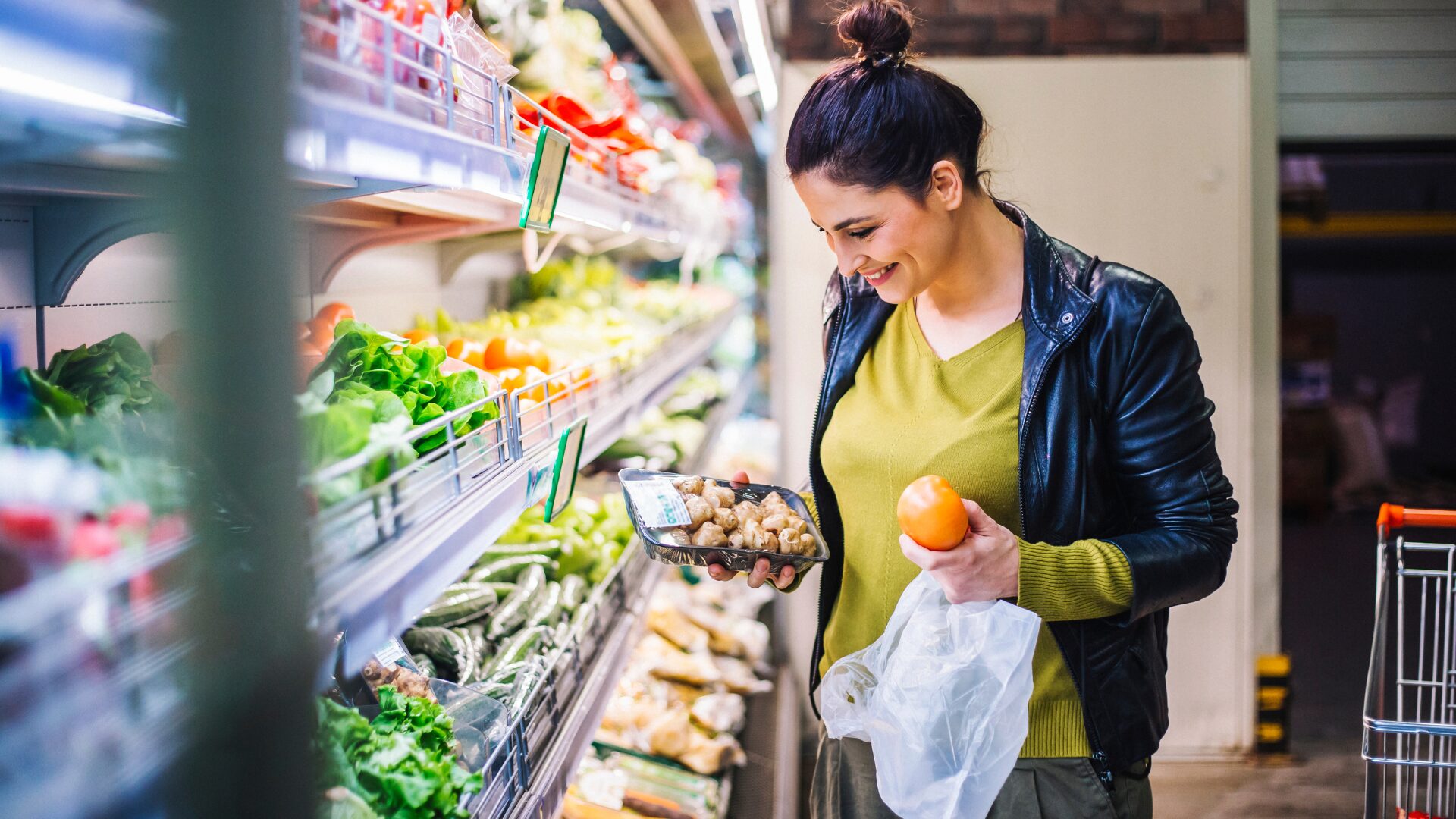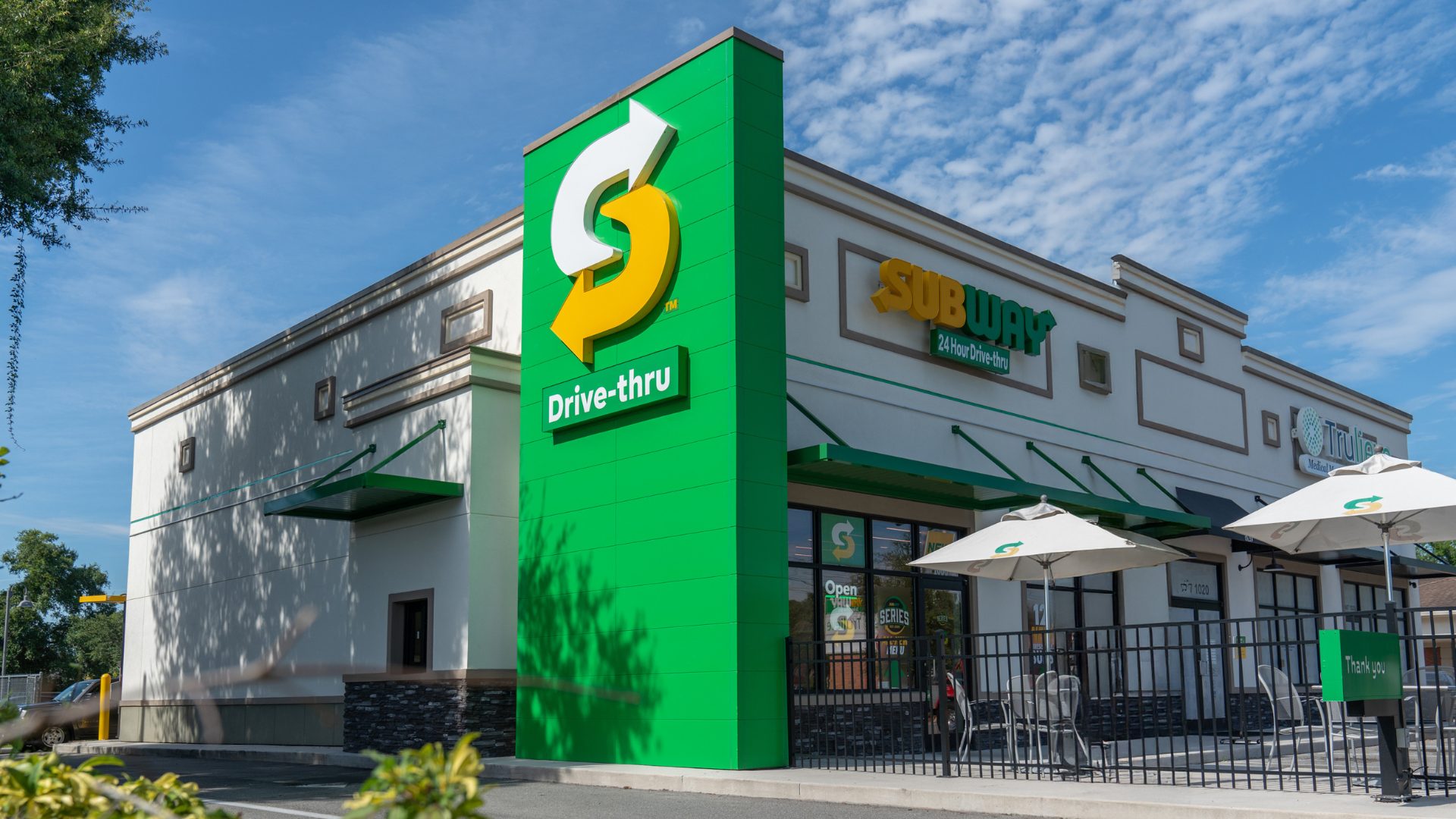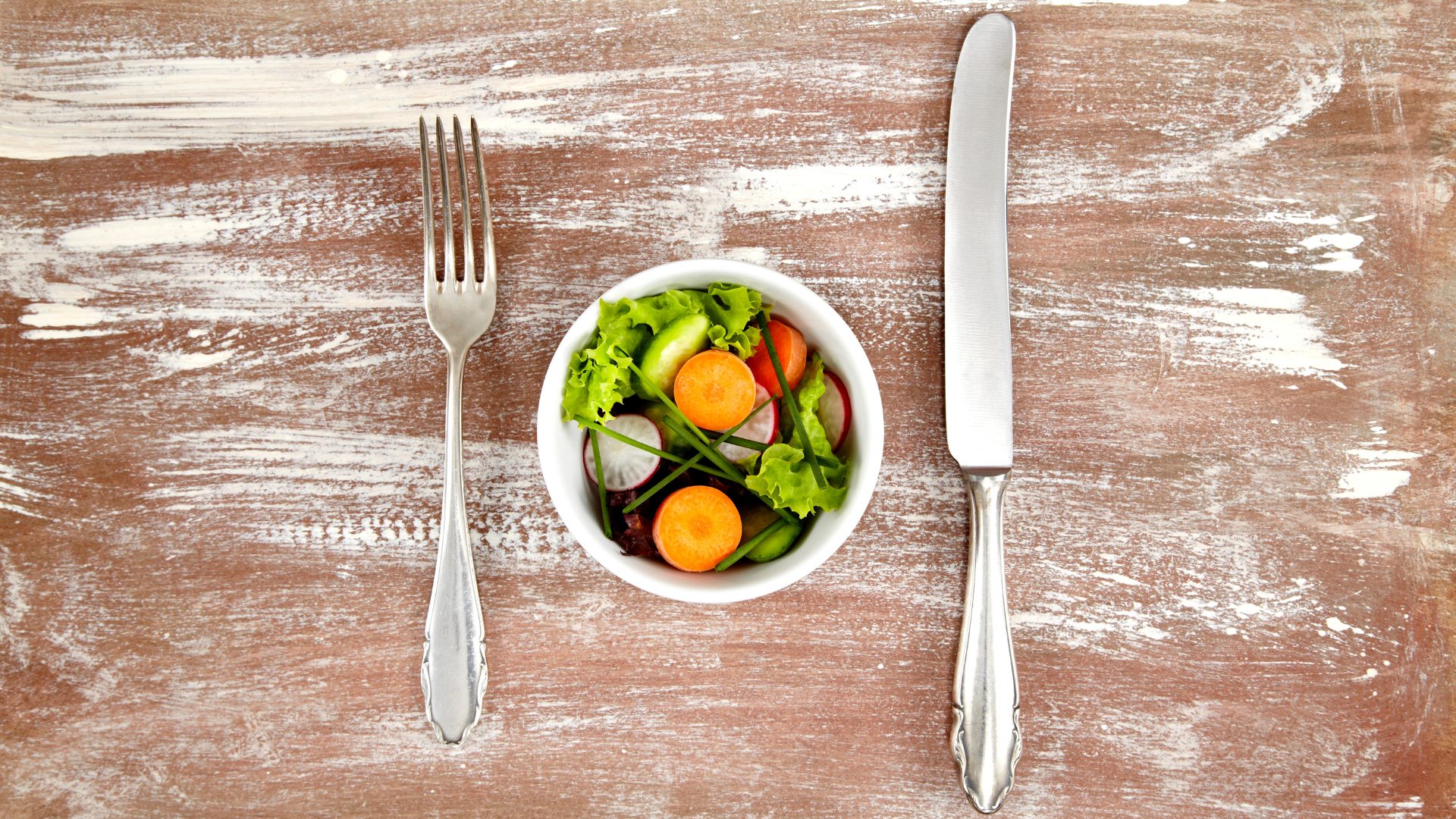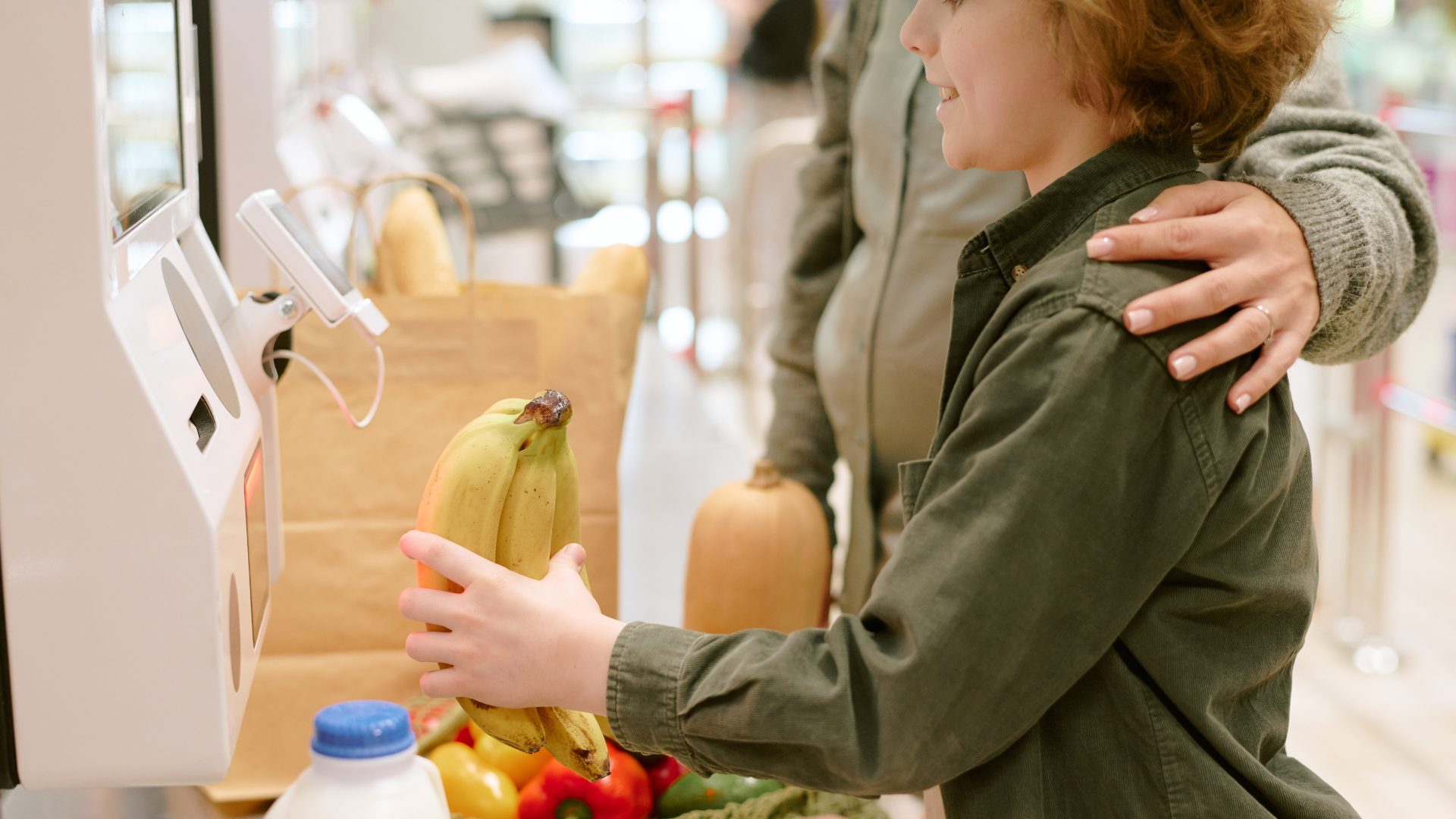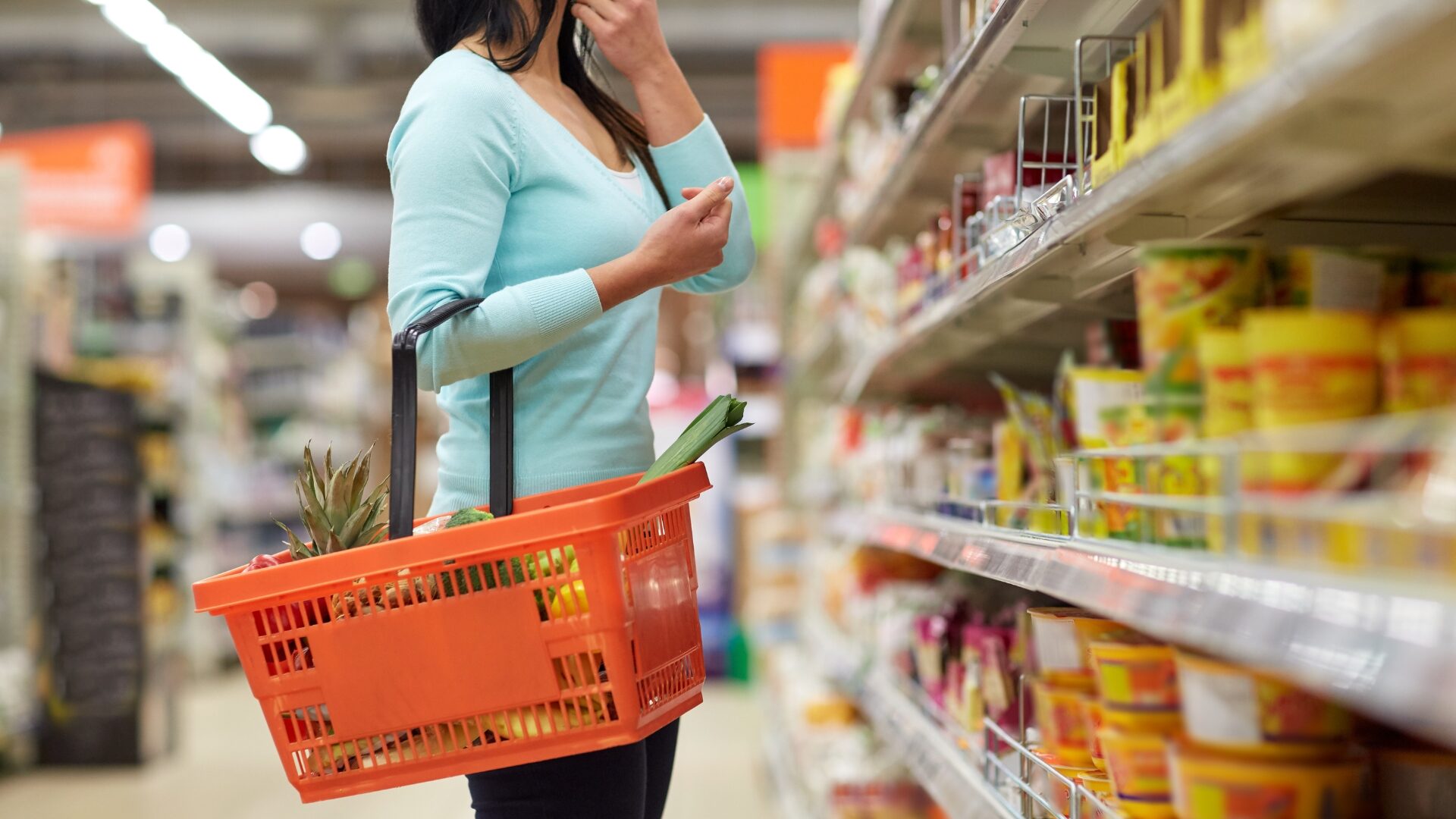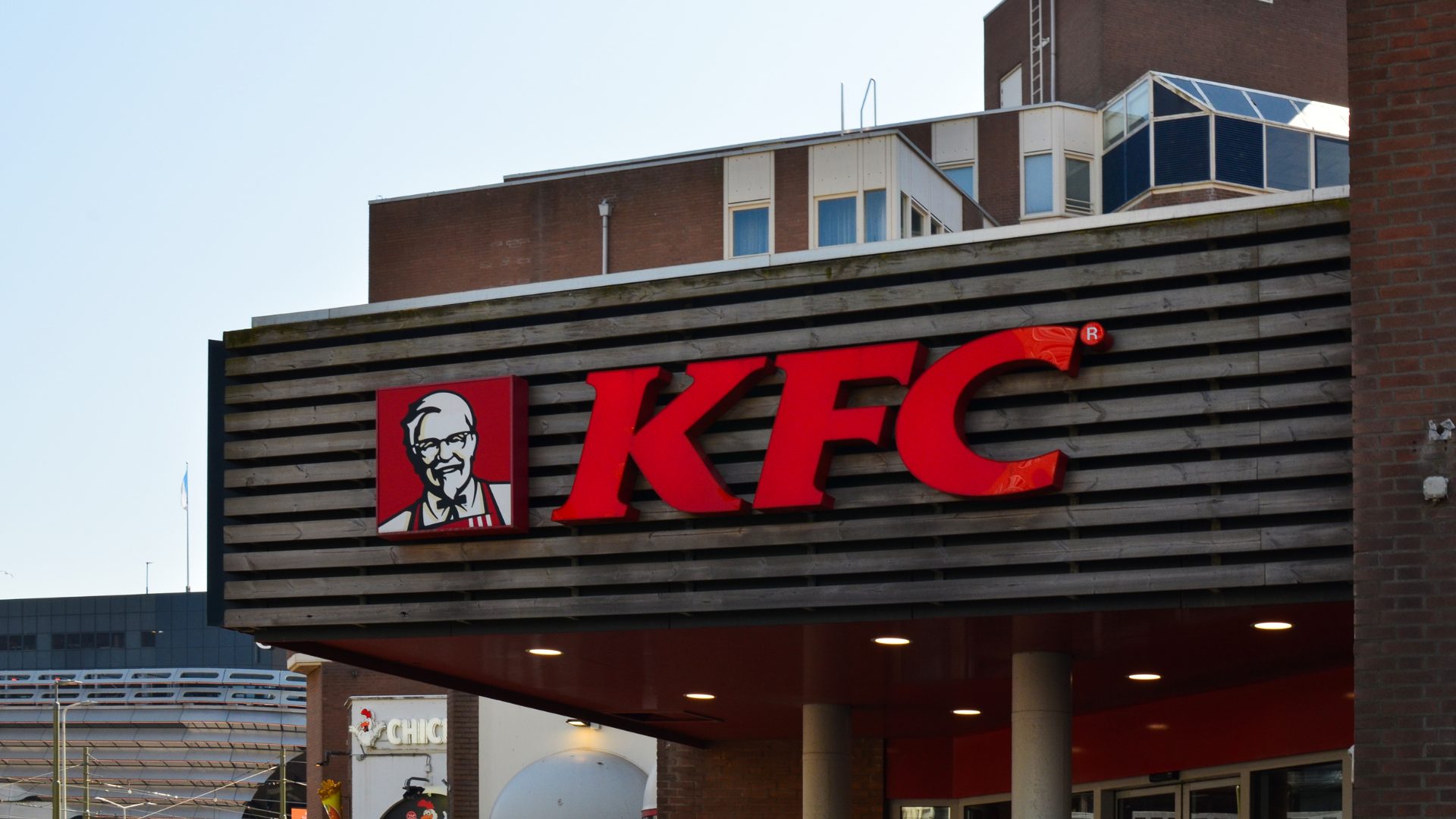No longer do retailers quiver in fear of uncertain economic forecasts; in its place, cautious optimism has taken hold, an indication of a largely stabilizing economy recovering from rampant inflation.
As years of sustained headwinds begin to ease, retailers are poised to cater to today’s savvy consumer, finds a recent report from Upside reviewing the Q3 financial landscape. The survey included 1,806 retailers across ten categories to find out how today’s retailers fare.
The result: business professionals are preoccupied with traditional post-pandemic challenges including inflation, supply chain pains, and labor costs. Now retailers can jump-start their growth strategy.
Insights also signal opportunities to capture uncommitted shoppers who rarely or seldom visit a certain retailer. In an interview with The Food Institute, Upside VP of grocery Tyler Renaghan explained how, rather than a crutch, retailers can accelerate growth through this segment.
“Retailers often focus on deepening loyalty with their core customers because uncommitted shoppers…are notoriously tough to capture,” he said. “Yet, this growing segment represents a critical opportunity for retailers to drive meaningful growth.”
Now less worried about their financial well-being, retailers can focus their efforts on the consumer to secure revenue.
Cautious Optimism Begets Growth
“In 2023 and early 2024, retailers were simply focused on surviving. The key question now is less about how to stay afloat and more about how to make smart investments that lead to sustainable (profitable) growth,” notes the Upside report. Some of these areas include footprint expansion and digital strategy prioritization.
As a result, retailers are optimistic about their future: 54% of leaders believe their businesses will ‘get much better’ in the near future, up from 42% in Q1. Moreover, nearly 90% of retailers feel their business is improving, up 5% from Q1.
When asked specifically about their financial health, the following chart reveals that 14% more retailers feel secure in their investments. Note: the most recent results show that 0% of respondents feel their business’s health is “poor.”
Across industries, Upside found that discount stores are most likely to report “excellent” business health, with 82% of retailers of this type indicating confidence.
What’s driving this channel’s financial security? Value.
Discounters tend to beat out other F&B retailers in delivering value because they can empower consumers to watch their spending.
“Discount stores are thriving because they’ve been the ultimate beneficiaries of the ‘trade-down effect,’” said Renaghan. “Over the past couple of years, high inflation prompted many shoppers to look for ways to stretch their dollars, leading many to shift from conventional grocery stores to discount retailers.”
These shopping habits have taken root even despite the moderating inflation of 2024.
However, this doesn’t mean traditional grocery channels must forego revenues; it just means they’ll have to look for new areas to compete.
Nurturing Uncommitted Shoppers
All consumers are keenly focused on value, a unique value proposition on which F&B retailers are primed to deliver.
Strategies grocers employ to convert uncommitted shoppers include communicating the many forms value can take, such as price competition, convenience, and variety.
“With restaurant menu prices rising rapidly over the past few years, consumers are increasingly opting for alternatives like grocery store salad bars, hot buffet stations, and prepared grab-and-go sections,” Renaghan said. “We’ve been tracking the impact of these areas, and the rise in transactions suggests significant potential for grocers to capture even more of this market.”
Additionally, he recommended retailers reach customers through investments in their loyalty programs. Although, historically, these platforms cater to devoted shoppers, they can also incentivize new and infrequent customers to test out a brick-and-mortar in their area or a convenient online channel.
The Food Institute Podcast
How does a coffee brand pivot into honey? The answer might make more sense than you originally believed. Jessica Padula, Nespresso USA’s vice president of marketing and head of sustainability, returns to discuss the company’s sustainability efforts and how her dual roles in marketing and sustainability inform each other and improve the company.


